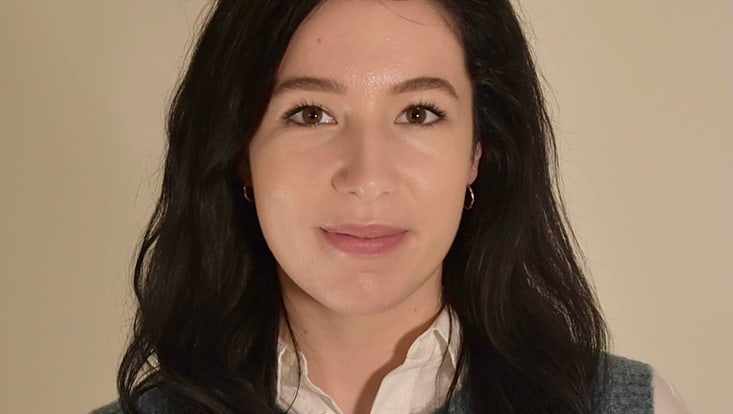Dr. Vera Thomann

Curriculum
Vera Thomann is a postdoctoral researcher at the Institute for German Studies at the University of Vienna. She received her PhD in 2023 from the University of Zurich with a dissertation on animal experimentation in contemporary German-language literature. Previously, she was a Visiting Fellow at Harvard University from 2022 to 2023. At the University of Vienna, she most recently conducted research within the FWF-funded project Landscape, Life, Form: Anthropocene Poetics in Contemporary German Fiction, focusing on form-related reflections in environmental literature. Her research centers on German- and English-language literature since the nineteenth century, with additional interests in animal studies, poetics of knowledge, formalisms, and visual culture.
Publications (selection)
- Labor in Space, Labor in Time: Literary Terraforming in the German Cultural Imagination (1842–1924). In: Fastrup, Anne et al. (eds.): Brill Companion to the Literary History of the Early Anthropocene. Leiden: Brill 2026. [in preparation]
- Punkt, Linie, Fläche, Ebene: Raumgenese und Formzerfall in Georg Büchners Lenz. Georg Büchner Jahrbuch, vol. 18 (2026). [in preparation]
- Hypervisibilität. Weiße Tiere bei Theodor Storm. Schriften der Theodor-Storm- Gesellschaft, vol. 73 (2025), pp. 26–43.
- Käfer in Schachteln. Entomologische Opazität bei Freud, Celan und Haushofer. In: Giuriato, Davide u. Heller, Anatol (eds.): Insektenpoesie. Grundzüge einer literarischen Entomologie. Stuttgart: Metzler 2025, pp. 237–255.
- Narrating the Multiverse in Literature, Comics, and Film. Science Fiction Film and Television 17/2 (2024), pp. 255–281.
Research project: Shaping Worlds, Shifting Genres: Literary Terraforming 1850–1950
The research project examines German-language literary texts and silent film productions from the nineteenth and twentieth centuries that engage with small- to large-scale transformations of the Earth. In doing so, it traces the terrestrial prehistory of those imaginaries that, since Jack Williamson’s Collision Orbit (1942), have been framed under the concept of terraforming and popularized as a classic trope of science fiction.
Literary terraforming, according to the project’s underlying hypothesis, generates multidimensional oppositions between human labor and nonhuman forces. These forces manifest in contradictory formations – e.g., as physical energy, as extraterrestrial colonization, or as personified magical helpers. Their representation, in turn, calls for highly diverse stylistic means, often drawing on incompatible literary archetypes from fairy tale, tragedy, epic, social drama, or science fiction. As a result, the terrestrial tradition of geoconstructivist fantasies enacts a constitutive genre-shifting by referencing archetypes from both realist and fantastic traditions as well as from autotelic and engaged literature. Shaping worlds thus becomes legible as an uneven contest of powers – not only between “power” in its energetic, physiological, and socio-economic manifestations but also between innerliterary worldbuilding and the genre-historical possibilities for the anthropogenic (re-)shaping of worlds.
The aim of the project is to identify the procedures through which literary terraforming sustains an ongoing and multidimensional opposition between human labor and nonhuman forces. To this end, it deliberately intertwines and contrasts the fields of environmental studies, labour studies, and genre theory. At the same time, it expands contemporary research on worldbuilding from an ecocritical perspective.
